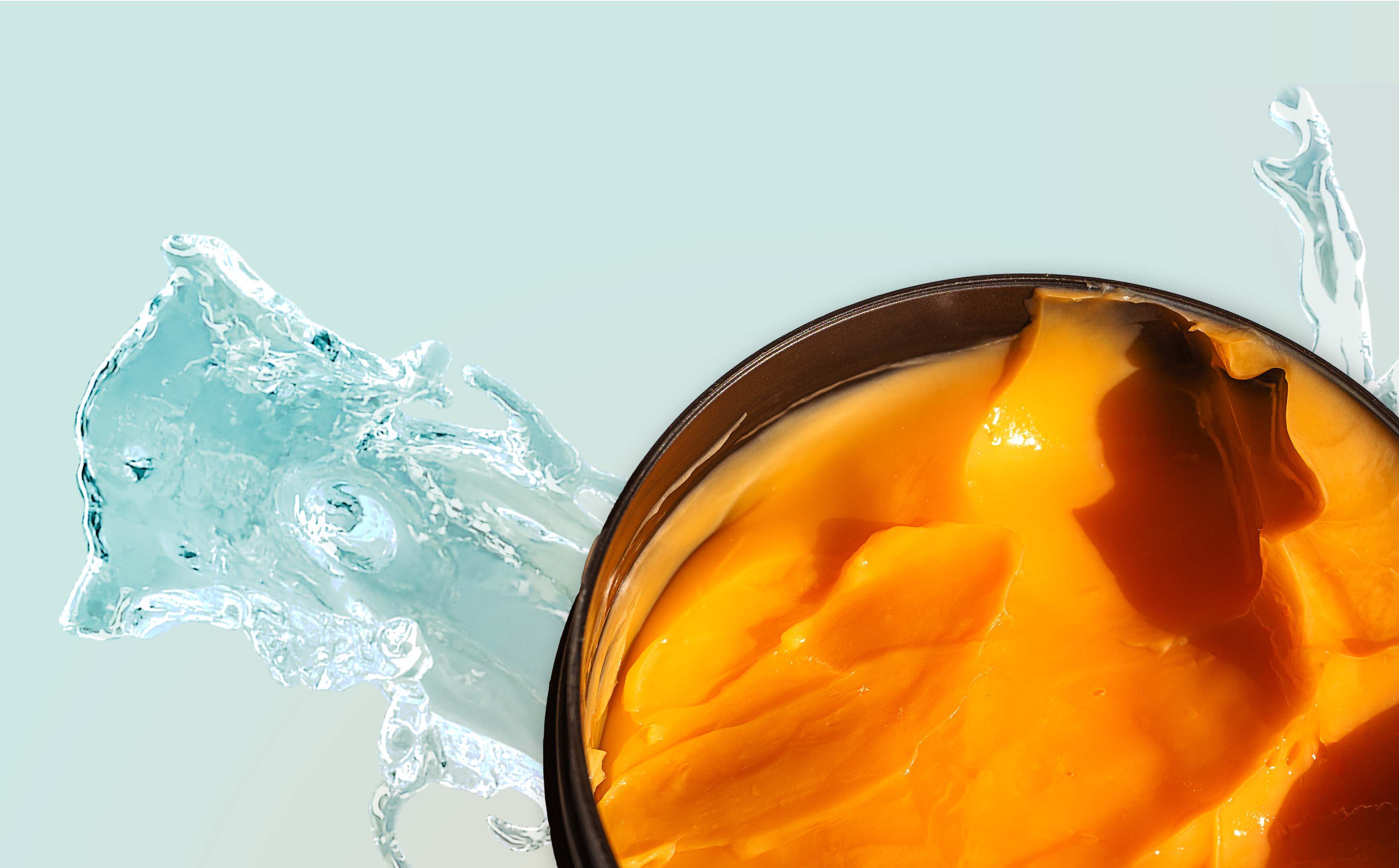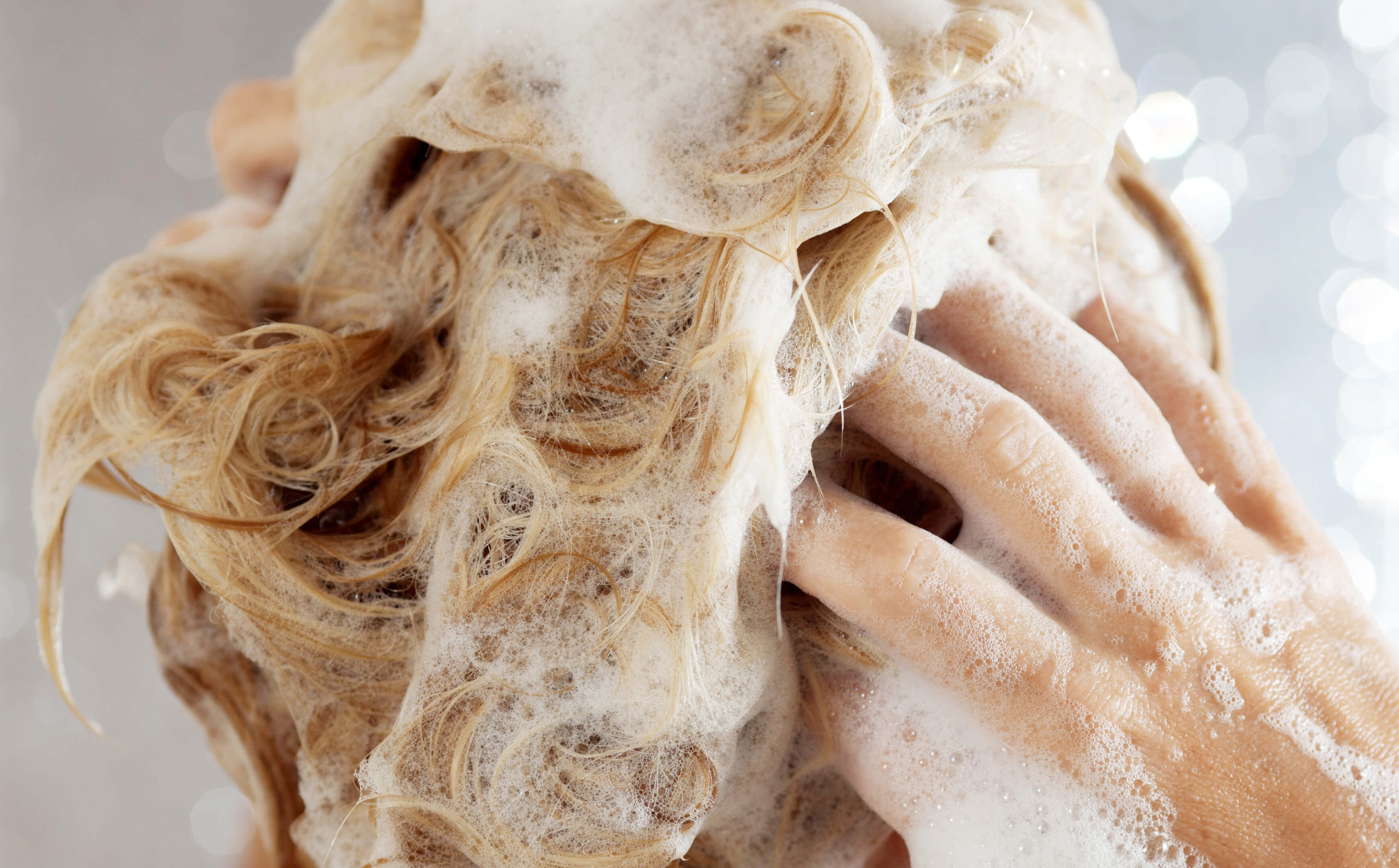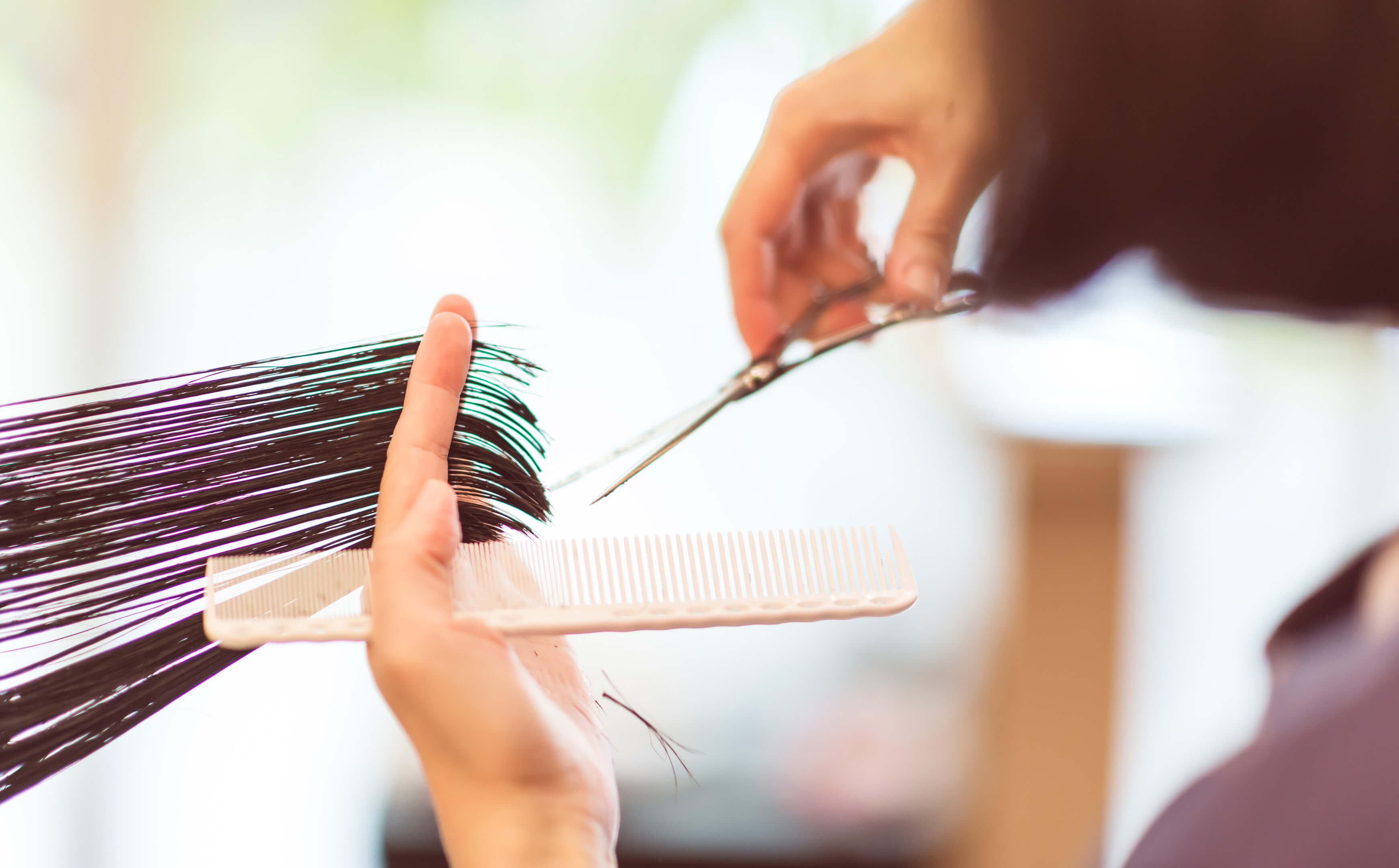Top 12 Most Asked Haircare Questions Answered
We are here to answer your questions and solve your problems, whatever your hair concerns. We’re taking a look at the questions we get asked the most, and sharing our professional knowledge. We have broken down your FAQs when it comes to hair, focussing on the importance of hair masks, how to choose the right shampoo and how to protect and maintain your hair.
Hair Masks

There is a hair mask for almost every hair concern. Adding a mask to your routine is a targeted treatment, that you can do at home, which will go deeper than your everyday haircare. Hair masks can be used to help with almost any hair concern; to add moisture, strengthen hair, repair and reducing breakage, enhance shine and even improve the health of your scalp. A deeply conditioning mask can make a big difference in the condition of your hair, as you leave a mask on for longer it spends more time sinking in and nourishing the hair. When it comes to the formulation, hair masks contain richer, more concentrated ingredients such as natural oils and lipids that help to add another layer of protection and are excellent for bonding and reversing damage caused my dry chemicals and heat.
If you want to start using a hair mask, slot it into your routine after shampooing. Shampoo opens your hair follicles as part of the cleansing process, therefore after shampooing your hair is in the best state to absorb the active ingredients in a mask, allowing it to deeply penetrate into your hair.
- Shampoo first to clean the hair and open the follicles
- Gently towel dry hair to remove excess water so as not to dilute the mask
- Apply the hair mask on damp hair making sure you are covering every strand
- Leave the mask to do its thing and soak into the hair
- Wash off and condition as normal
Another question asked is can a hair mask by put on dry hair? The answer is yes but only if the mask is oil-based such as coconut oil but most hair masks require damp hair for a clean and porous base.
Your conditioner will not do the job of a hair mask. Your hair needs both a mask and conditioner to achieve its optimal health. The main difference between masks and conditioners is the varying levels of moisture and hydration provided. A hair mask gives extra protein and essential nutrients to the hair, which in turn boosts the strength and growth of your hair strands. Whereas a conditioner makes your hair shafts smooth and reduces frizz but can only nourish so much.
You don't need to use a hair mask every day. A mask should be a regular, rather than daily, targetted treatment. How often you use a hair mask depends on your hair type and concern. We have broken this down as a guide for you here:
- For dry and damaged hair, a hydrating hair mask should be used 2 to 3 times a week.
- For greasy hair you should only use a mask once a week to stop product build up
- For very straight hair you should avoid using a hair mask more than twice a week.
Heat enhances your hair mask allowing it to penetrate into your hair more effectively and efficiently in less time but with better results. Applying gentle heat speeds up chemical reactions and helps products bond to the cuticles of your hair. You can add heat without the need of a hooded dryer by wrapping your hair in a warm towel to keep the heat in. This helps to open the follicle, lift the cuticle on the hair shaft to allow the mask or treatment to penetrate each strand to allow better absorption of moisture.
Shampoo

The answer to this question depends on your hair type, but do you know your hair type? If you understand
your hair type, it's easier to understand your optimum wash frequency.
People with fine hair tend to have more hairs on their head than any other hair texture. Every hair
follicle has an oil gland attached to it, which means hair tends to get oily quickly, because there are
simply more oil glands. Because of this, fine hair generally needs washing every one to two days.
Combination hair gets oily at the roots and feel dryer towards the mid-lengths to ends but can generally
achieve a good amount of body and volume. You should look for a moisture-balancing shampoo that will
cleanse at the root but still deliver enough moisture to the ends. If you have combination hair, you
should be washing your hair every two to three days. Less washing frequency will allow you to cleanse oil
without over-drying.
Course hair is often the thickest of all hair textures due to having the widest strand diameter, which
means it tends to have plenty of natural body. Wider strands with greater surface area means that the hair
is prone to moisture evaporation, general dryness and will get oily less quickly. Coarse hair can go
longer without feeling or looking greasy and should aim to be washed every three to four days. Products
labelled moisturising and smoothing are perfect for this hair type.
Coiled curly hair is the most fragile of all hair textures due to its unique curl structure. Coils create
week points that can be prone to breakage so need to be treated gently, especially when it comes to
detangling. Curls can absorb and lose moisture quickly, leaving your hair dry and brittle. If you have
curls, you should introduce deeply nourishing, hydrating products. Similar to coarse textured hair curls
will not look or feel oily but for the importance of scalp health, you should not go longer than four days
without washing.
It is important to note washing your hair too much can remove the sebum your scalp produces, which is
vital to healthy, shiny hair.
To keep your hair colour as vibrant as the day you walk out the salon a
colour protecting shampoo
is essential. Colour protect shampoos work to preserve the hair colour while gently cleansing the hair,
moisturising, hydrating and boosting shine. Sulphate is known to strip the colour from the hair, which can
cause your hair to look dry and dull so choose a sulphate free shampoo.
Another tip we recommend to prolong your hair colour is cutting down on the heat styling. If you cannot
step away from it then make sure you apply a
heat protection spray
beforehand.
If you have highlighted hair, you may struggle with brassiness or damage. When your hair is lightened using bleach it strips your natural colour, causing it to become more vulnerable to breakage and dullness. Use a purple shampoo on highlighted hair because they are designed to remove any unwanted yellow tones and condition your blonde, leaving it looking bright and feeling silky smooth after your salon appointment. If you have highlighted brunette hair, you may struggle with unwanted orange, red and cooper tones. If this is your issue, a blue shampoo is best for you. Just like purple shampoos, blue shampoo is formulated to fight brassiness. It will leave your hair with a cool and icy tone. Lastly, if its damage that is the issue a bond building shampoo is perfect for fixing the broken bonds and repairing each stand from within.
If you are struggling with greasy hair, or it is not feeling clean after washing, it is likely due to an oil build up from excess hair products. If your highlights are looking dull, you may have metal build up from using hard water when washing your hair. All of these common complaints can be easily resolved by introducing a clarifying shampoo. Using a clarifying shampoo will remove surface oil and impurities after just one use and deeply cleanse to restore shine and softness. Add a clarifying shampoo to your weekly routine to keep grease under control, and stop build up whilst still being able to use the products that target your other hair concerns.
Repair and Maintenance

Heat damage can be caused by your styling tools, the weather or even having hot showers! To start why not invest in a heat styler with variable temperature settings. This means you can tailor the settings to suit your hair type, the general rule being low temperatures for fine hair and higher temperatures for thick hair. Everyone loves a hot shower but hot water will leave your hair more vulnerable to breakage and splitting. So when you wash your hair, try to use lukewarm to cool temperatures. Lastly a heat protection spray is a must-have before you blow-dry or heat style your hair, not only will they give your hair a smooth finish, but they’ll also preserve the oils necessary to keep your hair healthy and shining.
Frizz can be your hair texture but it can also be from breakage and damage so it's important to understand what your frizz is and target accordingly. The key to reducing frizz is by treating it as gently as possible. If you have frizz from breakage or damage you should go easy on the heat styling and turning down the temperature, or skip it altogether on certain days. If frizz is your hair texture things you can avoid in your care routine to leave your hair frizz-free include over-washing, rough towel drying and thinking that you can skip the styling products before you blow-dry.
To keep your hair looking full and fresh it is best to get your hair cut regularly. Split ends often start appearing when your hair grows causing your hair to appear thinner and frayed. If you leave your hair to grow out, the fibres will split further and be prone to breakage and damage. By having regular haircuts every six to eight weeks this will remove damage hairs and promote healthy hair growth stopping the spread of split ends through the strands.